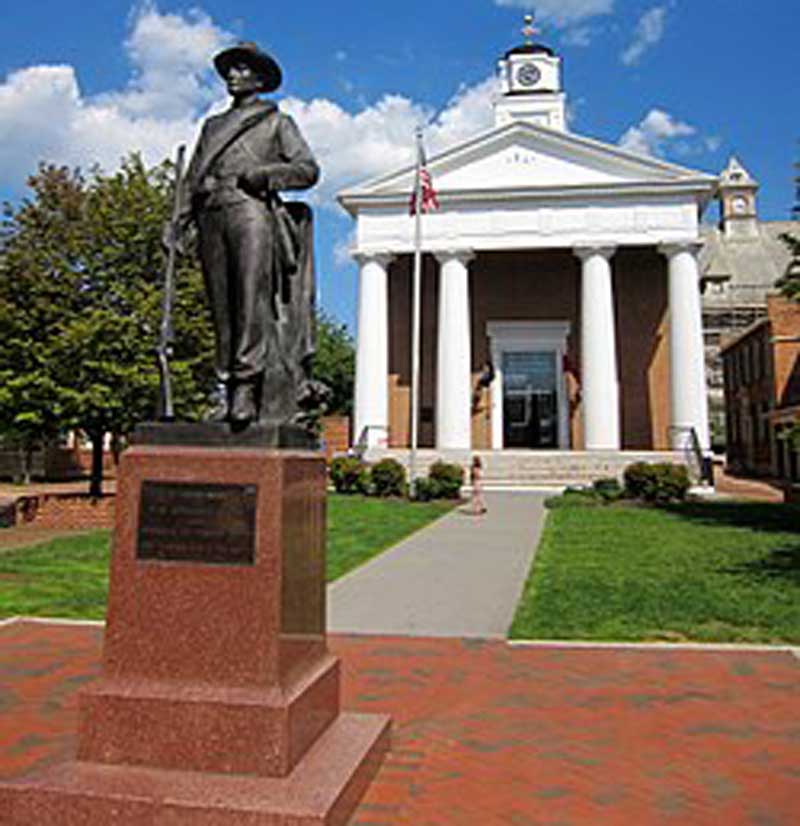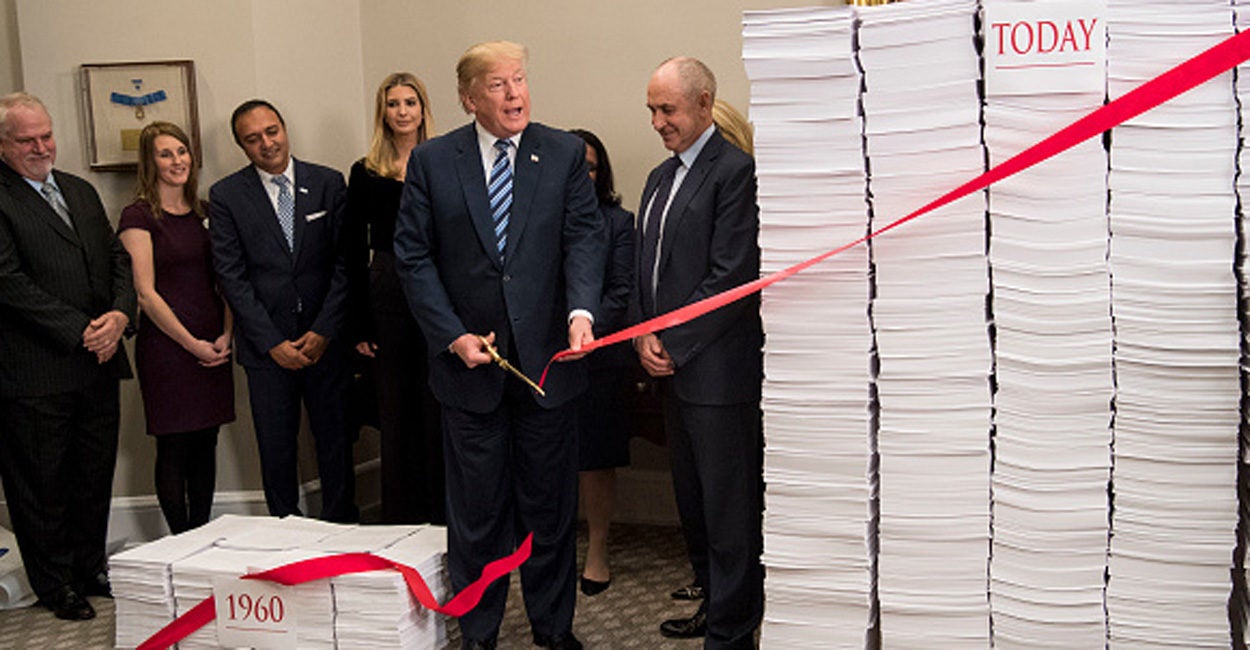In early 1863 General Joseph Hooker, then-commander of the Army of the Potomac, created the Bureau of Military Intelligence (BMI) which was under the guidance of deputy provost marshal Col. George H. Sharpe. Much of his information came from Union League and paid informants within unoccupied areas who reported Southern military movements.
Unfortunately for General Grant’s men in 1864 Virginia, their commander “stubbornly adhered to the notion that the Confederates teetered on the brink of collapse,” a belief fostered by regular misinformation delivered by Sharpe’s agents. One historian’s observation of Grant’s generalship during the Virginia Campaign concluded that the Union general-in-chief “relied on chance and improvisation to an extraordinary degree,” which sacrificed the lives of many blue-clad soldiers.
Had the Confederacy fielded black troops in early 1865 as in Col. Sharpe’s scenario below, they might well have forced a stalemate in Virginia and North Carolina.
www.Circa1865.org The Great American Political Divide
Undermining Jefferson Davis’ Sable Arm
“Perhaps the most interesting concern for the BMI that winter [of 1864-1865] was the Confederacy’s decision to arm blacks to fight for Southern independence. Davis had advocated the recruitment of blacks for service in the Confederate armies since November 1864, and the following March the Confederate Congress, after much argument, authorized the use of these men in combat roles.
Three days after the House passed the bill, Sharpe wrote a fascinating analysis on how black Confederates, which he estimated would total as many as two hundred thousand, might be employed by the enemy and what the North could do to undermine this potential advantage.
If Lee placed fifty thousand black troops in the Richmond-Petersburg lines, Sharpe reasoned, he could defend these key points while freeing a “movable column” of white troops to “throw upon any threatened point, or for unexpected and diverting attacks.”
Black troops deployed similarly at Danville, Gordonsville, and Lynchburg might be decisive. “[W]ill not negro troops . . . be able to hold these points,” he asked, “and will not the white forces still under the control of the Confederacy be substantially free for supporting and aggressive movements?”
This troubling scenario led Sharpe to consider ways of ending this experiment “before, by habit, discipline and experience with arms, they shall have grown to that aptitude of a soldier which will bring them to obey orders under any circumstances.” In any event, he wished to avoid testing his hypothesis.
Sharpe proposed a covert operation using blacks from Union ranks to slip into Richmond and sow discontent among the new recruits and foment mass desertion. This plan could work, he concluded, because “Negroes are an eminently secret people; they have a system of understanding amounting to almost freemasonry among them; they will trust each other when they will not trust white men.” Though the Confederacy’s bold experiment never really developed, the BMI carefully monitored these efforts until the war’s end.”
(Grant’s Secret Service: The Intelligence War from Belmont to Appomattox, William B. Feis, University of Nebraska Press, 2002, excerpts pp. 260-261)




 UFC Fighter, Ranger, sniper, and Special Forces Operator. Unapologetically American
UFC Fighter, Ranger, sniper, and Special Forces Operator. Unapologetically American




